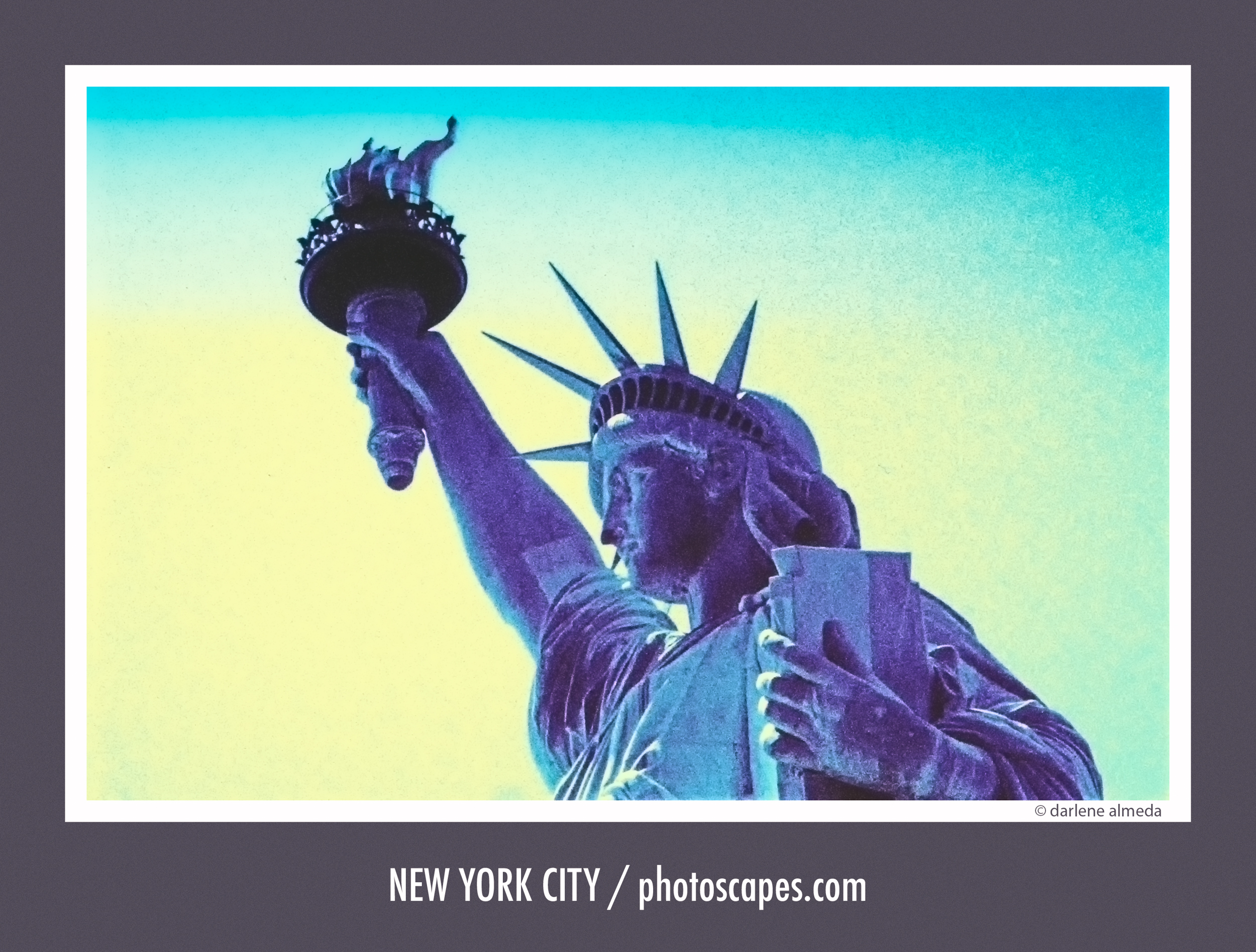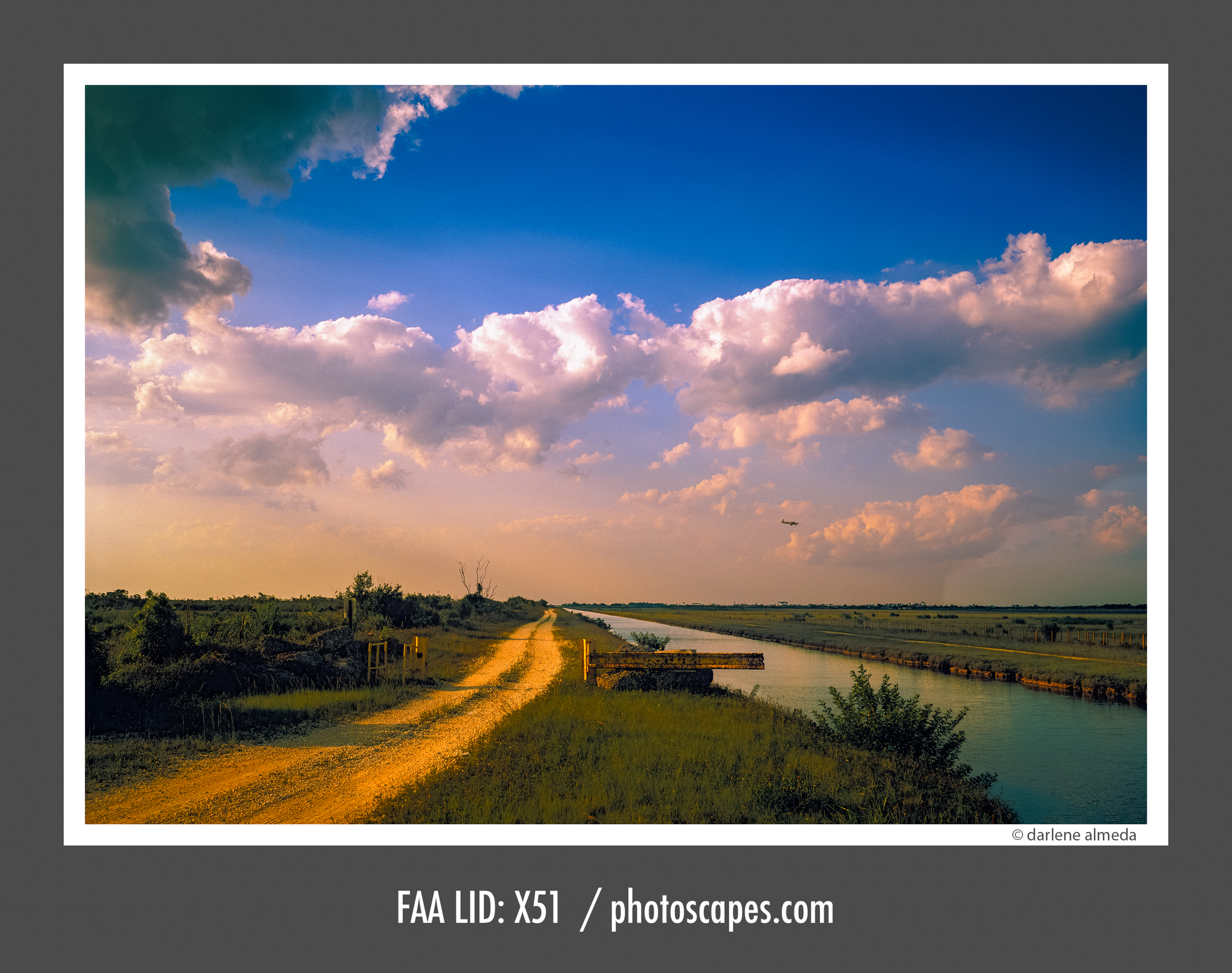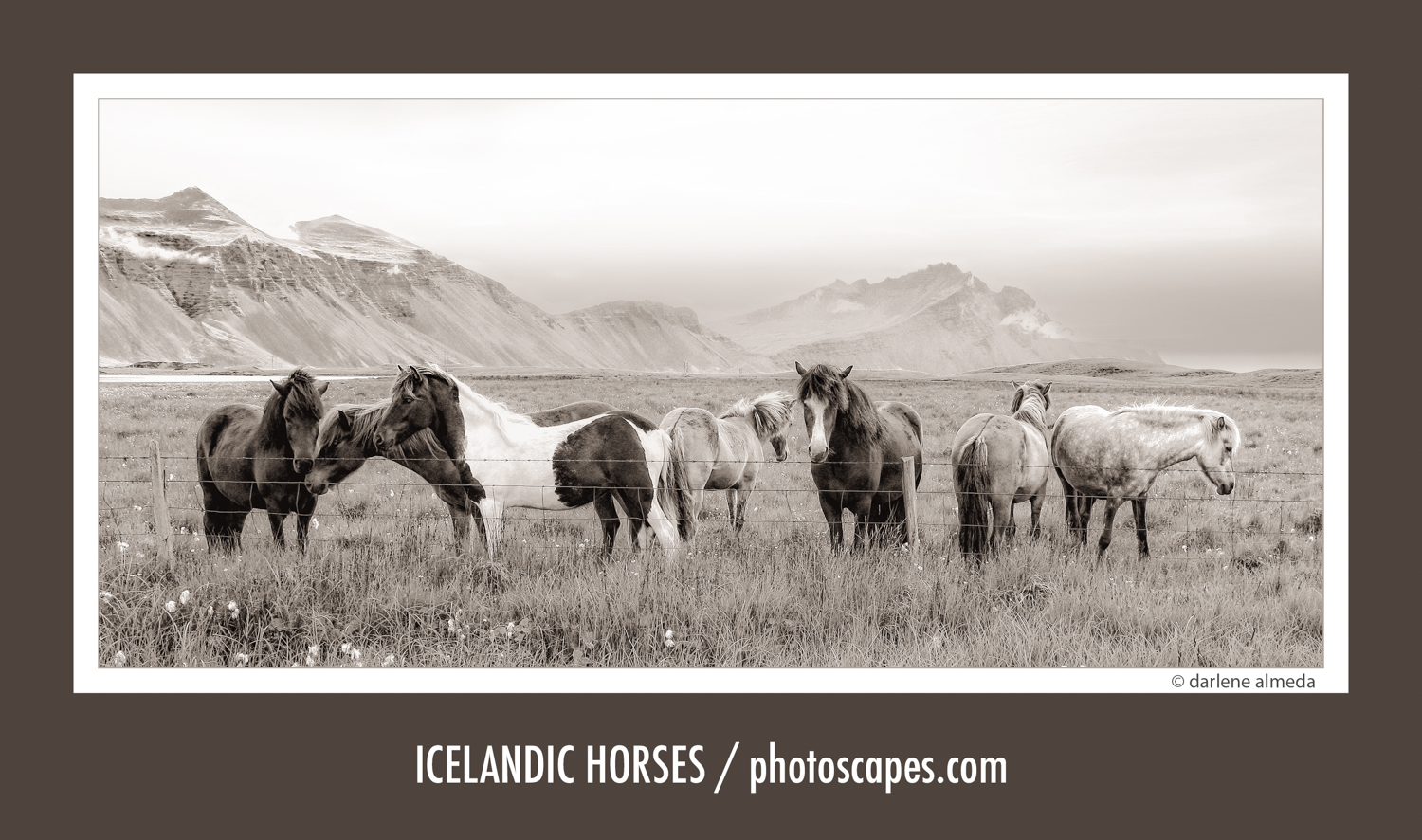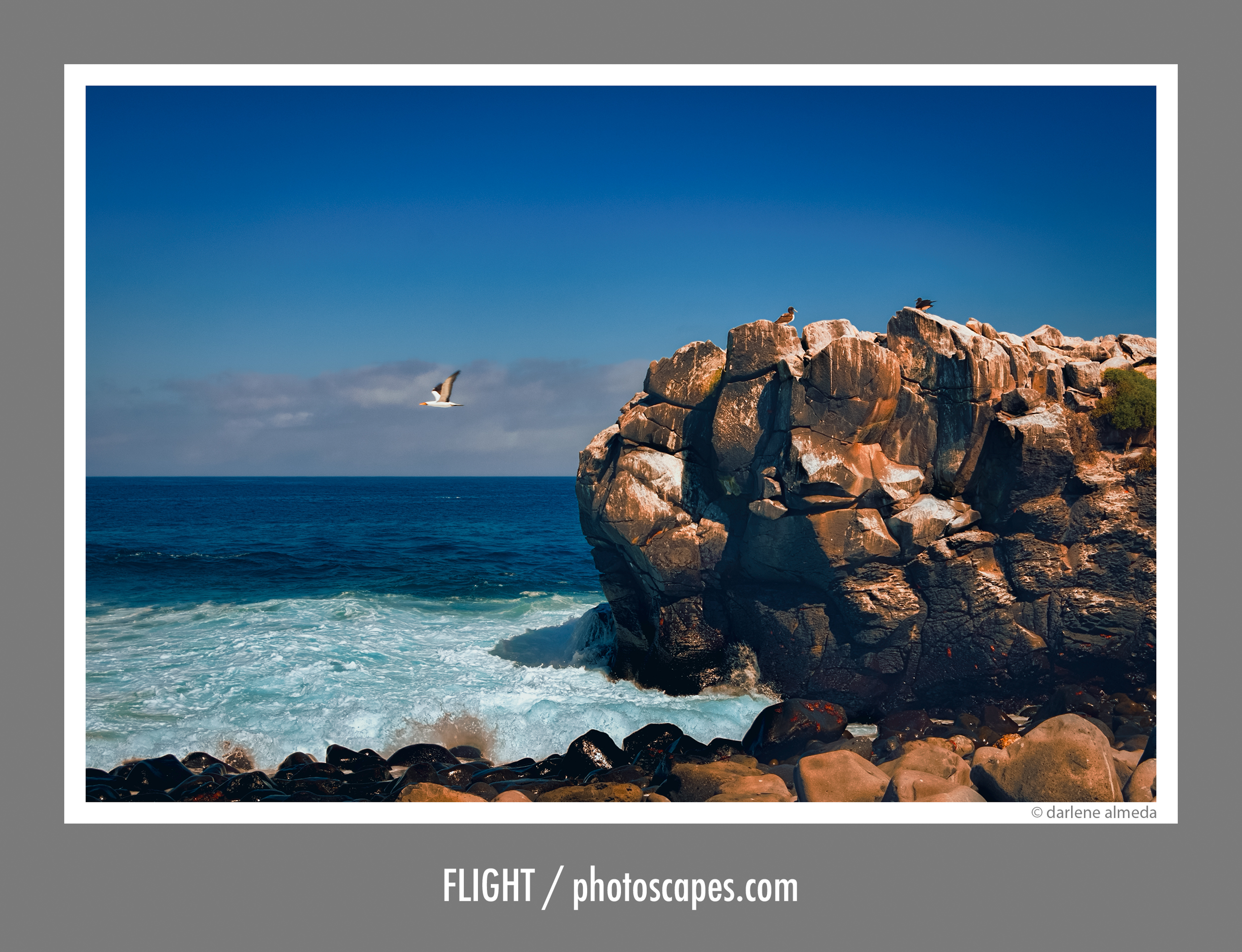Canon AE-1 | New York, NY
Travel photography is more than a record of where we’ve been. It’s a visual interpretation of experience — an expression of how a place felt, not just how it looked. Whether it’s the soft light brushing across a quiet street in an unfamiliar town or the vast stillness of a desert at dawn, travel photography invites us to see the world with curiosity, patience, and presence.
At its best, travel photography isn’t about collecting postcards — it’s about translating emotion. The goal is not only to capture landmarks but to reveal the character, rhythm, and small human stories that make a place come alive. The subtle gesture of a local vendor, the texture of old stone, or the fleeting glow of sunset on a windowpane — these moments tell us as much about a destination as any grand vista.
In the image titled New York City, the point isn’t about visiting the actual Statue of Liberty. Instead, it’s about how a tourist walking the streets will see miniature Lady Liberty statues everywhere—on T-shirts, coffee mugs, keychains, postcards, posters, and even small sculpted replicas sold on nearly every corner.
Seeing with Intent
True travel photography begins long before pressing the shutter. It starts with observation — with slowing down and listening to a place. Every location has a tempo: cities pulse; countrysides breathe; coastal towns sway with tides and wind. When you tune in to that rhythm, your photographs start to move in harmony with it.
Travel photography demands awareness rather than haste. It rewards the photographer who waits for the light, studies the scene, and respects its inhabitants. The best travel images reveal empathy — they honor both the environment and the people within it.
Beyond the Snapshot
It’s easy to confuse travel photography with tourism, but they are not the same. A snapshot remembers; a photograph reflects. Travel photographers approach their work as storytellers, weaving together atmosphere, detail, and emotion to share a sense of place that resonates universally.
That might mean composing a minimalist frame of a lone tree on the Icelandic plains or photographing the chaotic vibrancy of a local market. Both can be equally powerful when approached with clarity of purpose.
Tools and Mindset
Travel photography isn’t dependent on gear but on perspective. A smartphone, a compact camera, or a full professional setup can all serve the same vision if used intentionally. What matters most is adaptability — learning to work with whatever light, weather, or circumstance presents itself.
The camera becomes a passport to understanding. It gives us permission to pause, to look more deeply, and to connect with places in ways we might otherwise overlook. Every photograph becomes part of a visual diary — a collection of stories that together trace where we’ve been and how we’ve grown along the way.
A Personal Journey
For many photographers, travel work marks a turning point — a moment when the familiar gives way to wonder. It reminds us that creativity thrives in curiosity. Through travel, we learn not only about the world but about our own way of seeing.
The landscapes we capture may fade in memory, but the act of discovery remains. That’s the quiet gift of travel photography: it keeps us awake to beauty, grounded in gratitude, and humbled by how vast — and connected — the world truly is.
words & images © darlene c. almeda / photoscapes.com



